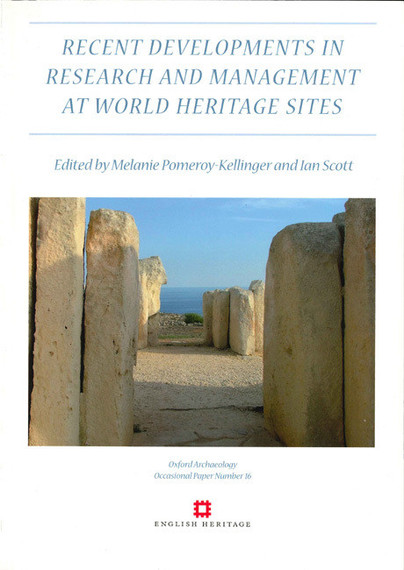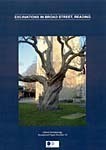

Founded in 1973, Oxford Archaeology has a 40 year history of quality, innovation and service. As a multi-disciplinary practice, OA cover all aspects of the historic environment, providing everything from archaeological excavations and evaluations, through provision of complex geospatial data management and analysis systems to heritage consultancy services. Most archaeological work today is carried out in advance of development. Oxford Archaeology is one of the leading service-providers in this field, with thousands of clients who recognise their expertise in excavation and heritage management. Visit their services page for more information, and a range of case-studies. As a registered educational charity, Oxford Archaeology also care about helping people to discover and enjoy their heritage. They have welcomed many thousands of visitors to excavation sites on open days and tours, and volunteers have taken part in many of their major excavations.


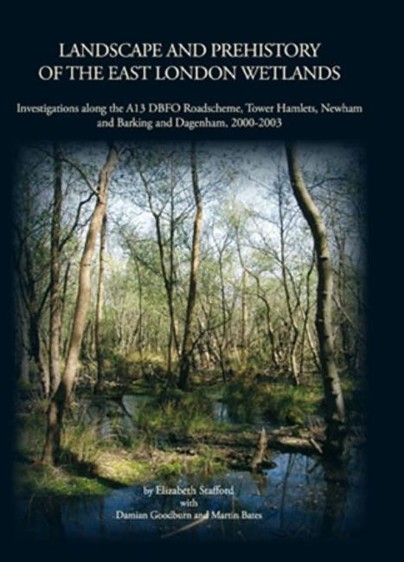

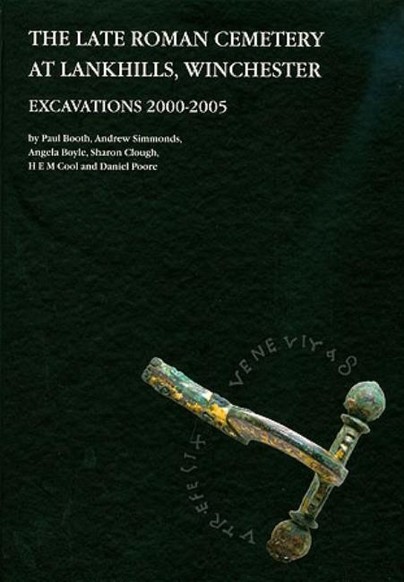
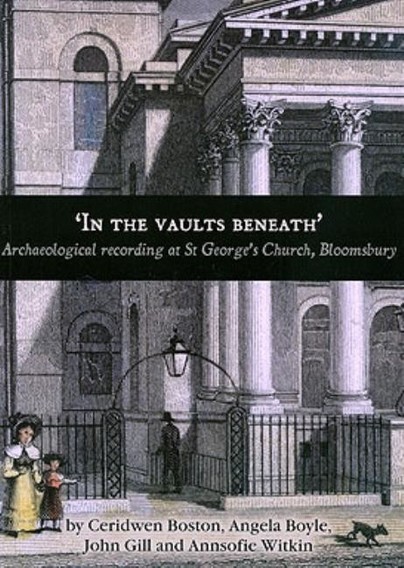

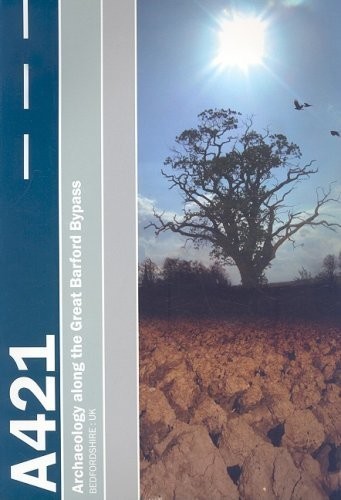
Roman Rural Landscape at Kempsford Quarry, Gloucestershire

